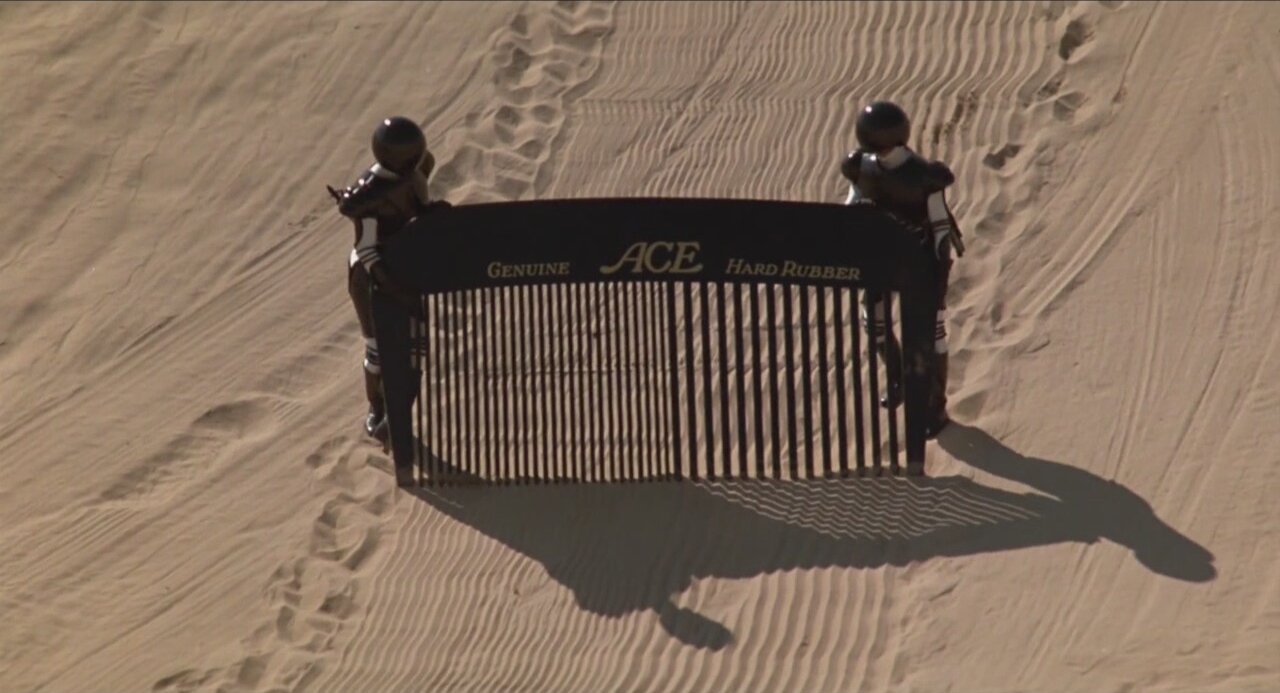If we had precision tools at our disposal to be able to coordinate a search of a planet's surface then that would be fantastic.
But the reality is, we don't - as has been said, grid searching barely covers anything like enough ground, and even if it did, the level of concentration required, I'd suggest, would probably necessitate at least 3 pilots covering the same area to mitigate the possibility that people miss things.
And we can't just focus on whole number grids - we're dealing with decimal point long and lats - so we'd need probably a resolution of 36000x36000 (that's 1.2bn cells) to adequately track so-called 'searched' locations.
If we had a fog of war on the planetary map (i.e. parts revealed showing where you've been, under a height of, say, 2km) it might be easier I guess - because at least then we'd all see the parts of a planet we'd never been to before.
I'd suggest we just need lots of eyes there, skimming around, driving and flying and just taking time to pay attention to what's down there. In the same way that somebody effectively stumbled across the first barnacle there (someone who wasn't even looking for it!), I think it's realistically our best shot at finding something new.
I have to say, though, I'm increasingly becoming suspicious that the UP pointing to 5C is less because there's something new down there that we haven't seen yet, but because there's something we already know about which has a new angle we haven't yet been able to verify.
So, for example, scanning a barnacle with a UP on board to see if the data retrieved is corrupted or not.
Or perhaps there's something in the skies around 5C we haven't found yet.
Amusingly part of the issue is the supply of UPs - exactly where we were at roughly this time last year! I can't help but laugh; but not in a cynical way.
Yeah, we need lots of eyes, and ideally at least 3 cmdrs on each gridzone. The grid should be used as a reference, that's why I included the number of times a place has been surveyed.

